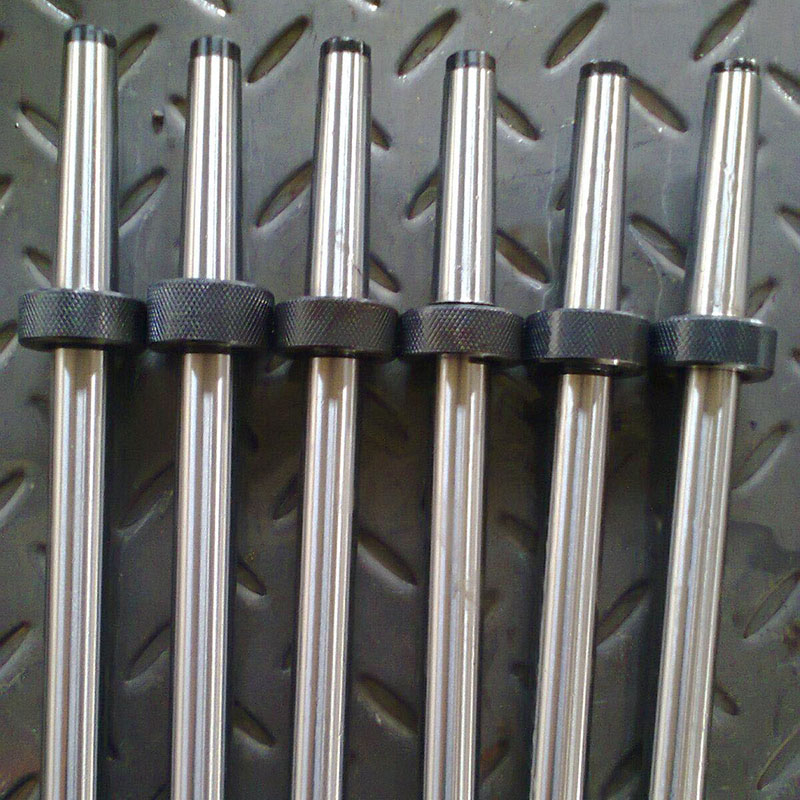Nov . 05, 2024 14:18 Back to list
5 types of check valves
Understanding the 5 Types of Check Valves A Comprehensive Overview
Check valves are vital components in numerous piping systems, ensuring that fluids flow in one direction while preventing backflow. This functionality is essential in various applications, from water supply and sewage systems to oil and gas pipelines. With several designs available, understanding the different types of check valves can help in choosing the right one for a specific application. Here, we will explore five common types of check valves the swing check valve, the lift check valve, the ball check valve, the diaphragm check valve, and the dual plate check valve.
1. Swing Check Valve
The swing check valve is perhaps the most well-known type. It operates with a disc that swings on a hinge or a pivot point, allowing fluid to flow through the valve in one direction. When the flow reverses, the disc swings back to its seat, preventing backflow. This type of valve is particularly favored for its minimal pressure drop and simple construction. However, it is most effective in horizontal piping or fully upright installations, as its performance can be compromised in vertical settings.
Similar to the swing check valve, the lift check valve also prevents backflow. However, it features a disc that moves vertically, seated on a guide in the valve body. This design allows the disc to lift off its seat when the flow is forward, thereby permitting fluid passage. When the flow reverses, the weight of the disc brings it back to its seat, effectively sealing the valve. Lift check valves are commonly utilized in high-pressure applications, but they can incur higher pressure drops compared to swing check valves.
3. Ball Check Valve
5 types of check valves

The ball check valve uses a spherical ball that is held in place by gravity or spring tension. In the presence of forward flow, the ball is pushed away from its seat, allowing fluid to move through. When backflow occurs, the ball is forced back into the seat, creating a seal that prevents reverse flow. Ball check valves are praised for their reliability and effectiveness in preventing backflow in both horizontal and vertical applications. They are often used in various industries, including wastewater treatment and chemical processing.
4. Diaphragm Check Valve
The diaphragm check valve features a flexible diaphragm that acts as a seal, preventing backflow. In the presence of forward flow, the diaphragm lifts away from the seat, allowing fluid to pass through. When the flow reverses, the diaphragm returns to its seated position, blocking the reverse flow. This type of valve is particularly advantageous in applications where backpressure may occur, as it creates a tight seal without requiring metal-to-metal contact. Diaphragm check valves are often used in sanitary applications, such as food processing and pharmaceuticals, due to their ease of cleaning and maintenance.
5. Dual Plate Check Valve
The dual plate check valve is a modern design that features two plates that pivot away from the seat when fluid flows in the correct direction. This design minimizes turbulence and pressure drop, making it suitable for high-flow applications. The dual plate check valve is also compact, making it an ideal choice for installations with space limitations. This type is widely used in waterworks, HVAC systems, and various industrial processes.
Conclusion
Selecting the right check valve is crucial for the efficiency and integrity of a fluid system. Each of the five types discussed—swing, lift, ball, diaphragm, and dual plate check valves—comes with distinct advantages tailored to different applications. Evaluating factors such as pressure, temperature, flow rate, and the type of fluid being transported will help engineers and designers ensure they choose the most appropriate check valve for their needs. Understanding these nuances can significantly enhance the reliability and performance of any piping system.
-
Why the Right Angle Ruler Reigns in MetalworkingNewsJul.21,2025
-
The Enduring Allure of Granite Boxes in Modern InteriorsNewsJul.21,2025
-
The Digital Gauging Revolution: Reshaping Thread Rings Inspection's FutureNewsJul.21,2025
-
How Modern Inspection Platforms Transcend Surface MeasurementNewsJul.21,2025
-
How Customization Drives Wholesale Success in Parallel RulersNewsJul.21,2025
-
Fortifying Permanent Steel Ground Anchors Against Corrosion's OnslaughtNewsJul.21,2025
Related PRODUCTS









